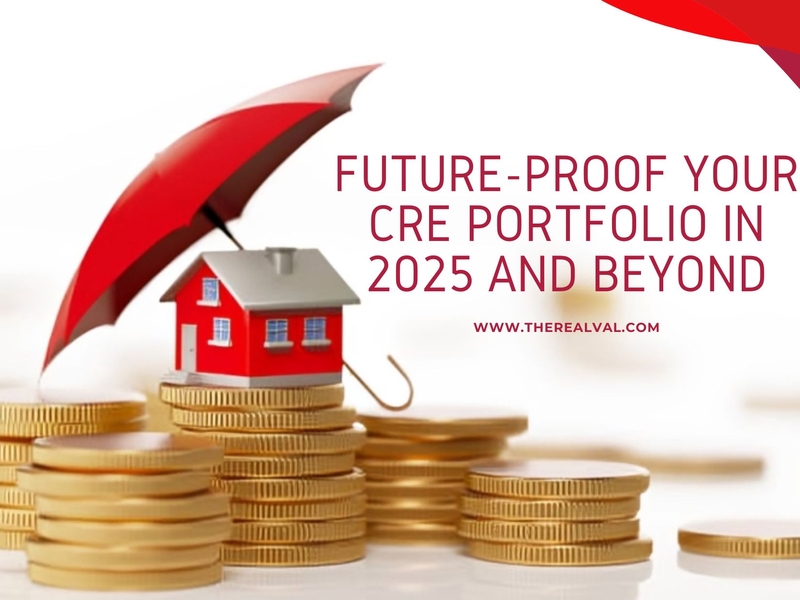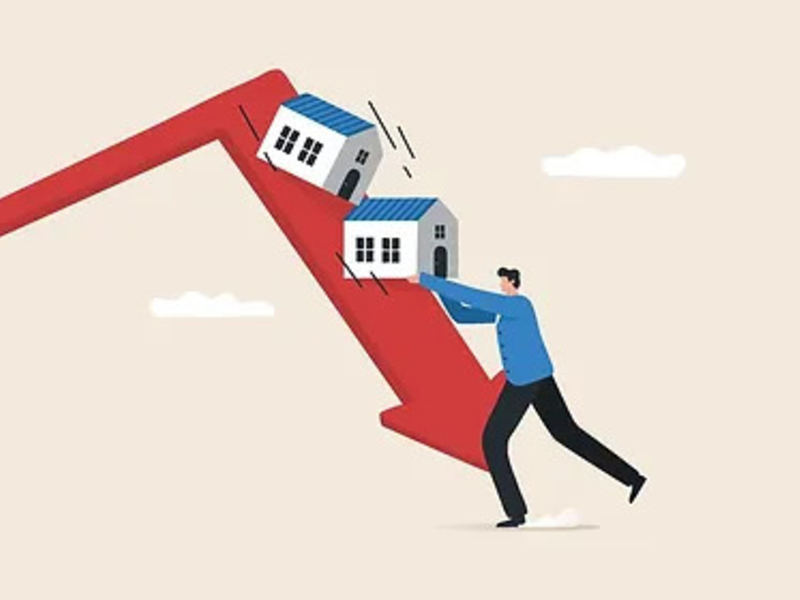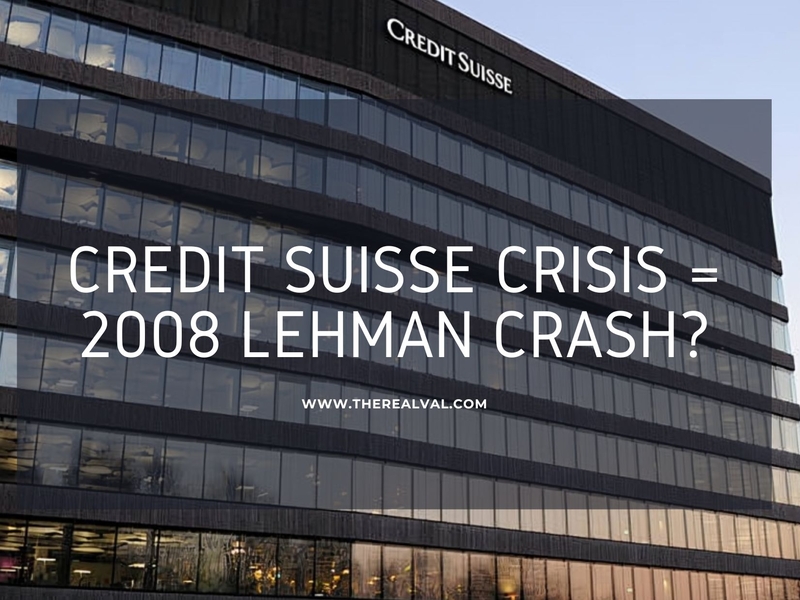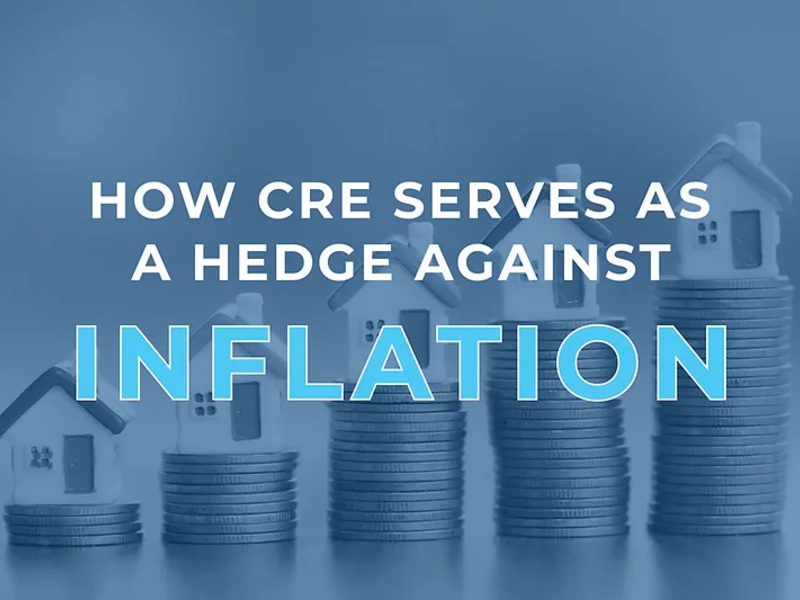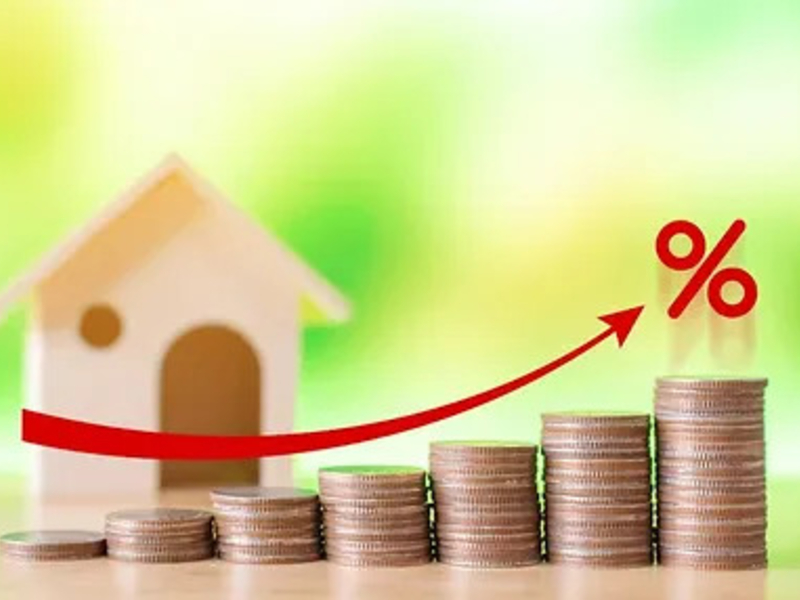The commercial real estate landscape is undergoing rapid transformation, driven by technological advances, evolving workplace patterns, and heightened sustainability requirements, among other factors. Hence, for investors seeking long-term success, understanding how to future-proof commercial real estate investments has become more critical than ever.
What Does “Future-Proofing” Mean in CRE?
Future-proofing CRE means preparing properties and portfolios to stay relevant, resilient, and profitable as market dynamics, technology, tenant expectations, and environmental standards evolve.
It’s not just about maximizing short-term returns. It’s about long-term strategy, that includes focusing on:
- Flexible, adaptable assets
- Sustainable operations and design
- Resilience to market and climate disruptions
- Alignment with the needs of tomorrow’s tenants
In essence, future-proofing is about ensuring your real estate investments thrive not just in the short term; but 10, 20, and even 30 years into the future.
The CRE market is entering a phase of cautious optimism. After two challenging years marked by subdued revenues and limited investment activity, industry experts see 2025 as a potential inflection point for recovery.
This anticipated rebound presents a strategic window of opportunity for forward-looking investors who are tuned into the trends redefining the sector. Industrial real estate continues to outperform, and retail is showing steady, stable growth. Meanwhile, technology integration, sustainability mandates, and evolving tenant demands are reshaping "how and where" capital is deployed across all asset classes.
Emerging Challenges in CRE-
- Remote Work & the Reinvention of Office Space: The shift toward hybrid and remote work models has permanently changed the office landscape. Traditional office demand has declined, with vacancy rates still high in major U.S. metro areas. Today’s tenants value flexible lease options, wellness-focused design, and amenity-rich environments. Modern office space must deliver more than just square footage; it must also support collaboration, employee wellbeing, and adaptability.
- Environmental Regulations & Climate Risk: With commercial real estate contributing nearly 40% of global carbon emissions (World Economic Forum, 2023), sustainability is no longer optional ESG performance is fast becoming a core factor in long-term asset viability.. Key considerations for CRE stakeholders include:
- Regulatory compliance, such as NYC’s Local Law 97 and the EU’s Energy Performance of Buildings Directive
- Stranded asset risk for buildings that fail to meet new energy standards
- Physical climate threats like floods, wildfires, and extreme heat.
- Technological Disruption in CRE: Innovation is rapidly transforming how properties are managed, marketed, and monetized. Proptech platforms are now used for streamlined leasing and operations. AI-driven asset management is deployed for predictive maintenance and data insights. Smart building technologies are designed to improve energy efficiency and tenant experience. In addition to it all, properties that lag in adopting technology risk losing market relevance.
- Demographic Shifts: Demographic shifts and urban migration patterns are influencing where and how demand is emerging. Younger populations favor walkable, mixed-use neighbourhoods that offer live-work-play convenience, driving demand in urban infill and transit-oriented developments. At the same time, aging populations are increasing the need for healthcare facilities and senior housing. Migration away from traditional urban centers toward secondary and tertiary markets is also altering the geographic focus of investment.
Key Strategies for Future-Proofing Your Commercial Real Estate Portfolio
- Embrace ESG Integration and Sustainable Development: ESG principles have become essential in commercial real estate investment. Investors and developers are increasingly prioritizing assets that align with ESG standards, recognizing the long-term value and resilience these properties offer. Sustainable buildings benefit from lower operating costs due to energy efficiency, higher tenant satisfaction and retention, and better positioning for regulatory compliance. They also tend to attract premium rental rates and qualify for green financing, tax incentives, and lower insurance premiums, thereby offsetting upfront costs in the long run. Implementing ESG strategies includes smart energy systems, renewable energy installations, green certifications like LEED or ENERGY STAR, and features that support water conservation and waste reduction. These improvements not only future-proof properties but also enhance market appeal and financial performance.
- Leverage Technology and Smart Building Solutions: Technology is transforming commercial real estate operations. Smart building systems and AI-powered tools are now central to optimizing performance, reducing costs, and enhancing tenant experiences. Future-proof properties integrate IoT sensors for predictive maintenance, automated HVAC systems, biometric access controls, high-speed connectivity, and centralized building automation platforms. These innovations improve energy efficiency, boost security, and reduce long-term maintenance expenses. By adopting these smart technologies, landlords and operators can create intelligent environments that respond to occupant needs; giving their assets a competitive edge in a digital-first world.
- Adapt to Evolving Workspace Requirements: The rise of remote and hybrid work has permanently altered office space demand. Traditional layouts are giving way to flexible, tech-enabled, wellness-oriented environments that better support modern workstyles. Today’s office tenants seek adaptive spaces with collaborative zones, strong air quality measures, and seamless digital infrastructure. Mixed-use developments are also on the rise, combining residential, retail, and office components to create community-driven, walkable environments. These “15-minute neighborhoods” and integrated work-live spaces not only reflect tenant preferences but also enhance long-term asset value through diversified use and steady foot traffic.
- Focus on High-Growth Sectors and Property Types: Strategic focus on high-growth CRE sectors is key to long-term resilience. Data centers are a standout, driven by soaring demand for cloud storage and AI, offering stable leases and limited competition. Multifamily housing remains strong due to urbanization and delayed homeownership, especially in the affordable and build-to-rent segments. Meanwhile, industrial and logistics properties are thriving thanks to continued e-commerce growth, last-mile delivery needs, and demand for cold storage and automated fulfilment centers. Healthcare real estate also shows robust potential, with aging populations fuelling demand for medical offices, urgent care centers, and senior living facilities. These asset classes offer durable income and are well-aligned with long-term demographic trends.
- Implement Risk Management and Diversification Strategies: Future-proof CRE portfolios require robust risk management. Geographic diversification helps mitigate market-specific risks, especially by targeting high-growth secondary and tertiary markets with strong fundamentals and favourable regulations. Diversifying across asset types, which are: core, value-add, and opportunistic, helps balance stable income with potential upside. REITs and international holdings can further spread exposure and enhance liquidity. On the financial front, smart debt structuring, maintaining liquidity buffers, interest rate hedging, and strong insurance coverage are all critical to navigating market volatility and safeguarding returns.
The Cost of Inaction-
Failing to future-proof can result in:
- Asset obsolescence
- Regulatory penalties
- Reduced tenant interest
- Declining NOI and lower valuations
Future-proofing commercial real estate investments demands a holistic strategy, which blends smart technology adoption, sustainability-driven development, and thoughtful market positioning. The investors best positioned for long-term success will be those who not only respond to shifting tenant expectations but also stay grounded in strong investment fundamentals.
As the CRE sector moves toward a much-anticipated recovery in 2025, there’s a unique opportunity for forward-looking investors. Those who prioritize ESG integration, embrace technological innovation, and target high-growth sectors will be better equipped to navigate volatility and capitalize on emerging trends.
By taking a proactive approach to future-proofing today, investors can build more resilient, adaptive, and high-performing portfolios, that would be ready to thrive in a fast-evolving commercial real estate landscape.
Trending

